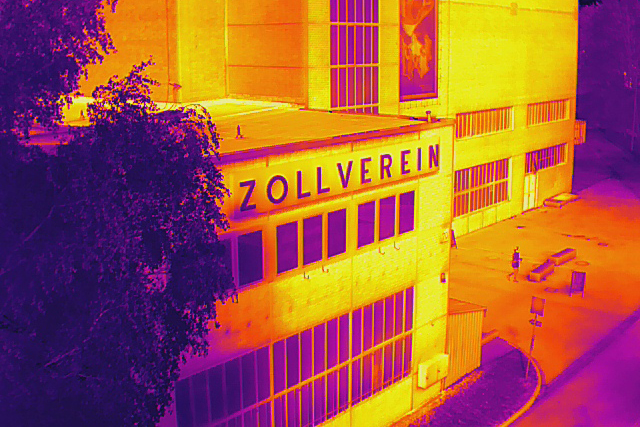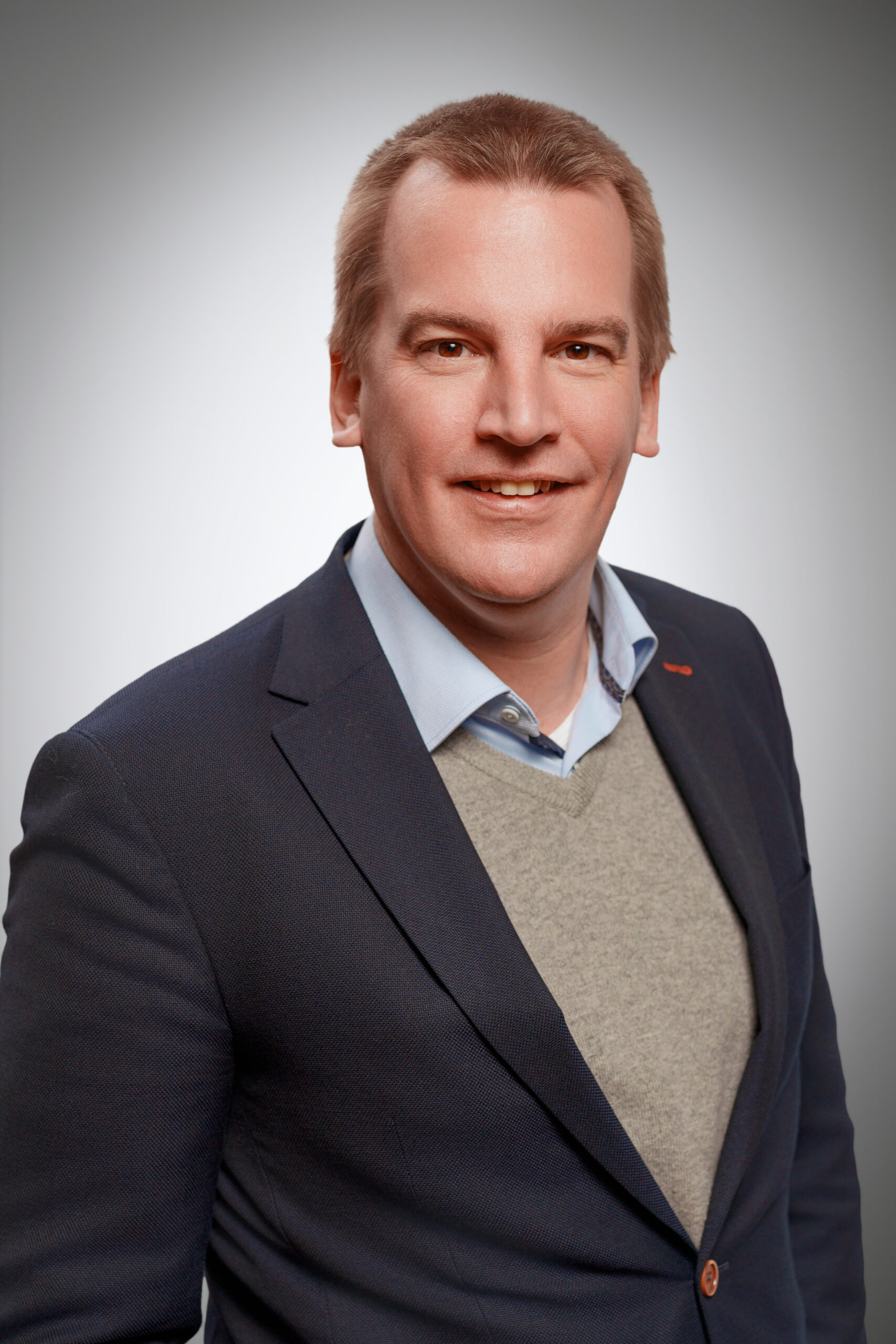KoKo Zollverein
Identifying damage, preserving industrial heritage – with drone flights over the coking plant site
For over 30 years, the Zollverein Coking Plant in Essen produced coke, gas, and other by-products. At its peak, it was considered one of the most modern coking plants in Europe. Today, the facility stands as an architectural monument and, together with the adjacent Zollverein Coal Mine, was declared a UNESCO World Heritage Site in 2001. But how is this industrial monument really faring? Experts in geomonitoring and materials science at the FZN are investigating this. In the new research collaboration "KoKo Zollverein" (short for "Drone Flights at the Zollverein Coking Plant"), they are using modern methods to track down material damage on the site. For this purpose, the FZN works closely with the Zollverein Foundation and the materials science research department of the German Mining Museum in Bochum.

Using the drone images, experts at the FZN can identify material damage that may be hidden, as shown in this thermal image of the coking plant building (©FZN).
New perspectives on the historical mining facilities and individual objects are enabled by advancements in Earth observation and drones equipped with specialized sensors. During comprehensive flights over the interior and exterior areas of the coking plant site, the drones capture optical, thermal, and multispectral images, which provide insights into the material conditions. Where is rust located? Where is verdigris or flaking appearing? What is the overall condition of the objects? The experts at the FZN integrate drone data with in-situ measurements of individual structures and supplement this with satellite images from the European Copernicus Program, which provides crucial information about the surface.
In the "KoKo Zollverein" research collaboration, the FZN is bringing together expertise from geomonitoring and materials science at a cultural and historical site for the first time. The idea of detecting material damage by jointly interpreting and correlating data from various drone-borne sensors represents a completely new approach in the field of monument preservation. If successful, the monitoring system will be applied to other historical mining objects.
Partner
Project objectives
- Construction of a 3D model of the coking plant site and individual objects using optical, thermal, and multispectral sensor data from drone flights
- Evaluation of surface characteristics (metal alterations such as rust, cracks, peeling, etc.) and assessment of altered material properties
- Verification of aerial survey results with on-site measurements of the objects
Contact

Prof. Dr. Tobias Rudolph
Technische Hochschule Georg Agricola, University
Herner Street 45
44787 Bochum
Building 2, room 101
Phone 0234 968 3682
Mail tobias.rudolph@thga.de

Dr. Bodo Bernsdorf
Technische Hochschule Georg Agricola, University
Herner Street 45
44787 Bochum
Building 2, room 106
Phone 0234 968 4210
Mail bodo.bernsdorf@thga.de




